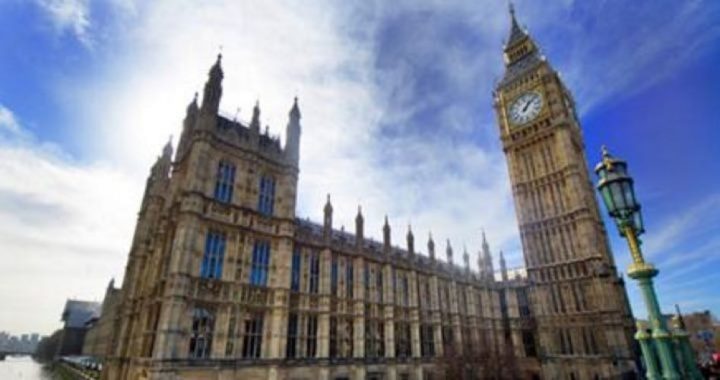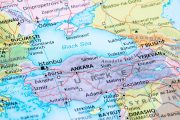
Two weeks after Parliament flatly rejected British Prime Minister Theresa May’s “soft” Brexit deal with the European Union, the same group voted to instruct her to reopen negotiations with the EU in hopes of getting rid of — or drastically changing — the so-called Irish backstop (explained later).
Parliament also nixed two amendments that would have set out a clear path for the legislature to prevent a no-deal Brexit should May fail to renegotiate the current deal.
The proposal passed by the narrow margin of 317-301. It was put forward by Conservative (Tory) MP Graham Brady and called for the backstop to be replaced with “alternative arrangements,” which have not yet been specified. The vote shows that there is majority support for May’s plan if she is somehow able to remove or restructure the Irish backstop.
But that’s going to be a tough sell in Brussels.
In a separate vote, the House of Commons approved a symbolic plan that would give parliament the option to order the prime minister to ask the EU for a Brexit delay in the event a compromise on the Irish border dispute cannot be reached. Some MPs hope that such a delay might avoid a potentially chaotic no-deal Brexit. However, this resolution was non-binding, meaning that May could ignore it if she chose to.
“Tonight, a majority of honorable members have said they would support a deal with changes to the backstop,” May said.
“It is now clear that there is a route than can secure a substantial and sustainable majority in the house for leaving the EU with a deal,” May said, adding that she will seek, “legally binding changes” in the agreement.
The U.K. is scheduled to leave the EU, with or without a deal, in less than two months on March 29.
The Irish backstop is a provision in May’s “soft” Brexit plan, which guarantees that no hard border would be installed between the Republic of Ireland, which is remaining in the EU and Northern Ireland, which is part of Great Britain. If no deal is reached, the EU could install a hard border with checkpoints and fencing. This type of border was done away with in the 1998 peace agreement, which ended decades of sectarian violence in Northern Ireland.
Many hard-line Brexiteers believe that the backstop could tie the U.K. to the EU in trade matters for years to come, without having a vote in the EU parliament.
Shortly after the vote in parliament, the EU proclaimed that the backstop was a part of the withdrawal agreement and will not be renegotiated. A statement released by European Council President Donald Tusk read: “The Withdrawal Agreement is and remains the best and only way to ensure an orderly withdrawal of the United Kingdom from the European Union. The backstop is part of the Withdrawal Agreement. The Withdrawal Agreement is not open for re-negotiation.”
Twenty-seven heads of state signed the current withdrawal agreement, which includes the backstop. All of them will have to agree to any changes made moving forward, and that seems like a tall task right now, with many EU countries accusing May of reneging on the agreement.
“This is a deal which was negotiated with the U.K., by the U.K., signed off by the U.K. and the prime minister,” said Helen McEntee, the Irish European Affairs minister. “And now it looks as though, this evening, essentially, there is a row-back and a reneging on the commitments that were made.”
The EU’s chief Brexit negotiator Michel Barnier insisted that the backstop was “part and parcel” of the withdrawal agreement and would not be renegotiated.
But MPs in parliament will not pass any deal which contains the backstop. “The backstop is not going to get through this parliament,” said Steve Baker, a hardline pro Brexit MP. “Change the backstop, fix the date at the end of the implementation period, and agree to a plan C.”
Theresa May has shown an amazing resilience in the past few months, having survived two no-confidence votes — one from her own party — as well as a historic defeat in parliament two weeks ago. It is troubling, however, that there seems to be no specific plan on how May is expected to go forward, only a vague pronouncement to change or remove the Irish backstop in the withdrawal agreement.
But how? May’s next move is to head back to Brussels and approach a seemingly entrenched EU about giving ground on the Irish backstop. Meanwhile, calls for a new referendum continue to grow, as do calls for May to request an extension of Article 50 to stall for more time from the EU. Also, the calls for May to resign remain ever-present. In video game parlance, just how many lives does Theresa May have left?
Photo: parliament.uk




